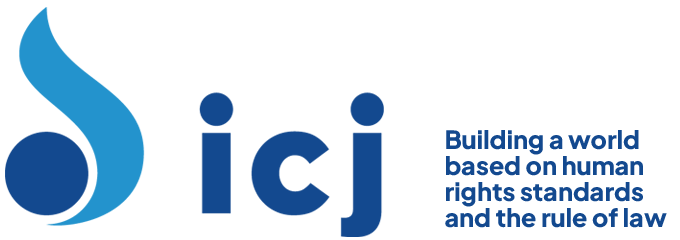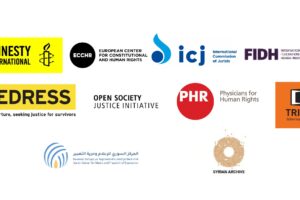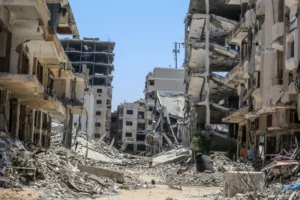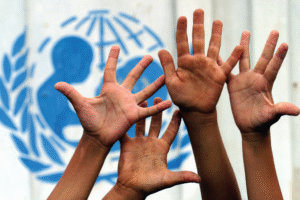21. The protection of certain minority or marginalized individuals or populations especially at risk of torture is a part of the obligation to prevent torture or ill-treatment. States parties must ensure that, insofar as the obligations arising under the Convention are concerned, their laws are in practice applied to all persons, regardless of race, colour, ethnicity, age, religious belief or affiliation, political or other opinion, national or social origin, gender, sexual orientation, transgender identity, mental or other disability, health status, economic or indigenous status, reason for which the person is detained, including persons accused of political offences or terrorist acts, asylum-seekers, refugees or others under international protection, or any other status or adverse distinction. States parties should, therefore, ensure the protection of members of groups especially at risk of being tortured, by fully prosecuting and punishing all acts of violence and abuse against these individuals and ensuring implementation of other positive measures of prevention and protection, including but not limited to those outlined above.
22. State reports frequently lack specific and sufficient information on the implementation of the Convention with respect to women. The Committee emphasizes that gender is a key factor. Being female intersects with other identifying characteristics or status of the person such as race, nationality, religion, sexual orientation, age, immigrant status etc. to determine the ways that women and girls are subject to or at risk of torture or ill-treatment and the consequences thereof. The contexts in which females are at risk include deprivation of liberty, medical treatment, particularly involving reproductive decisions, and violence by private actors in communities and homes. Men are also subject to certain gendered violations of the Convention such as rape or sexual violence and abuse. Both men and women and boys and girls may be subject to violations of the Convention on the basis of their actual or perceived non-conformity with socially determined gender roles. States parties are requested to identify these situations and the measures taken to punish and prevent them in their reports.
Link to full text of the report: General Comment-CAT-2-implementation article 2-2008-eng




